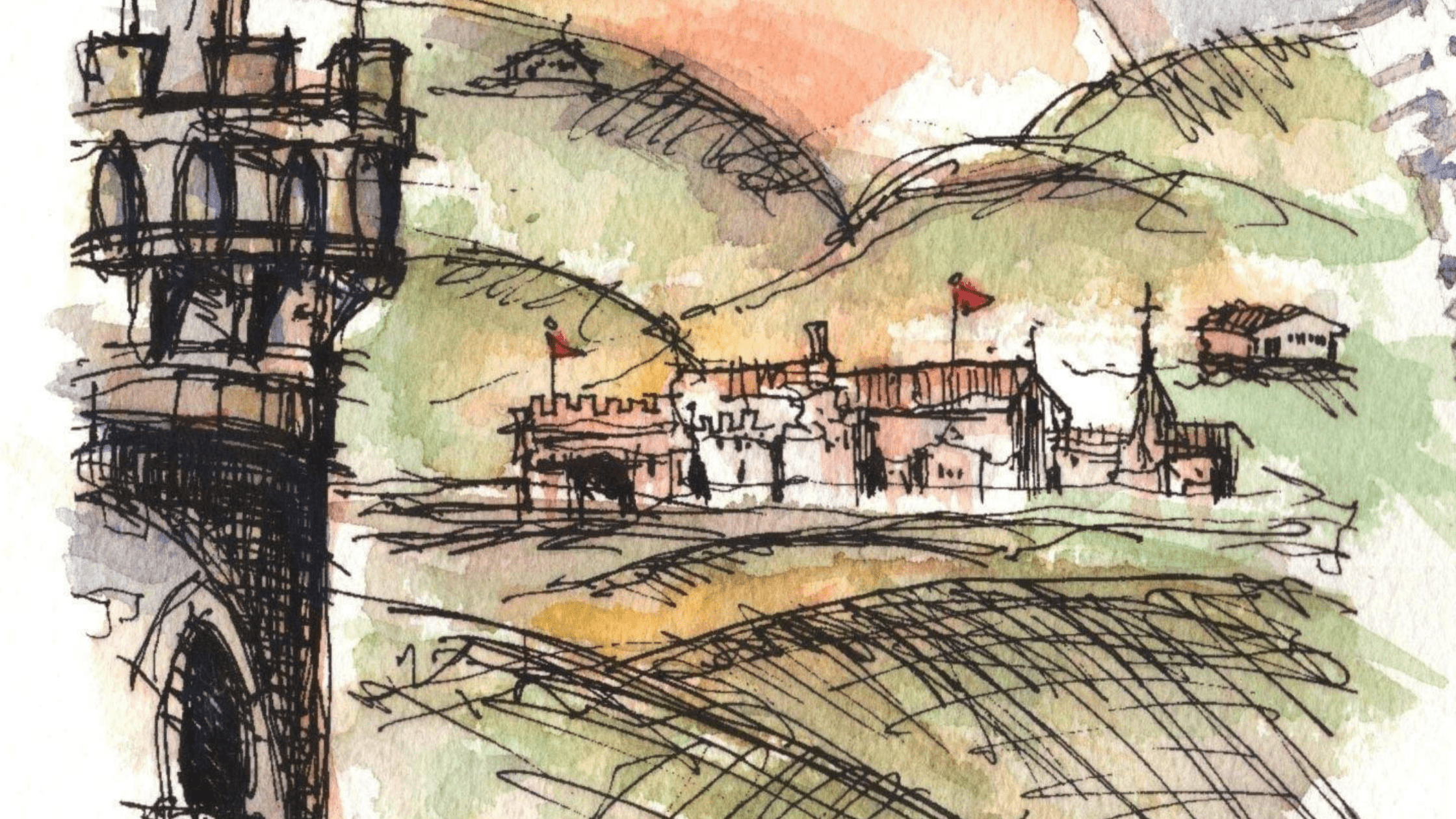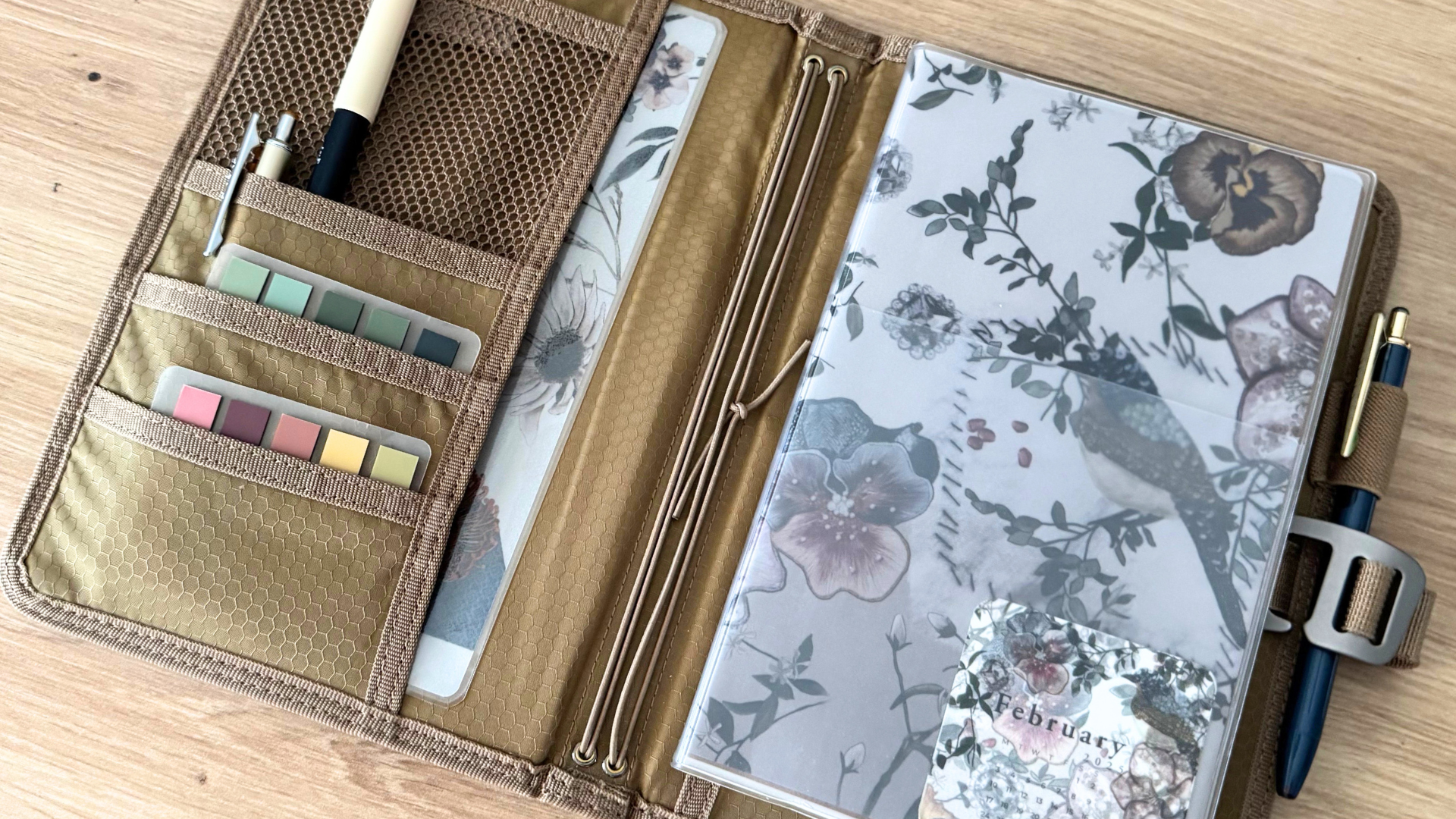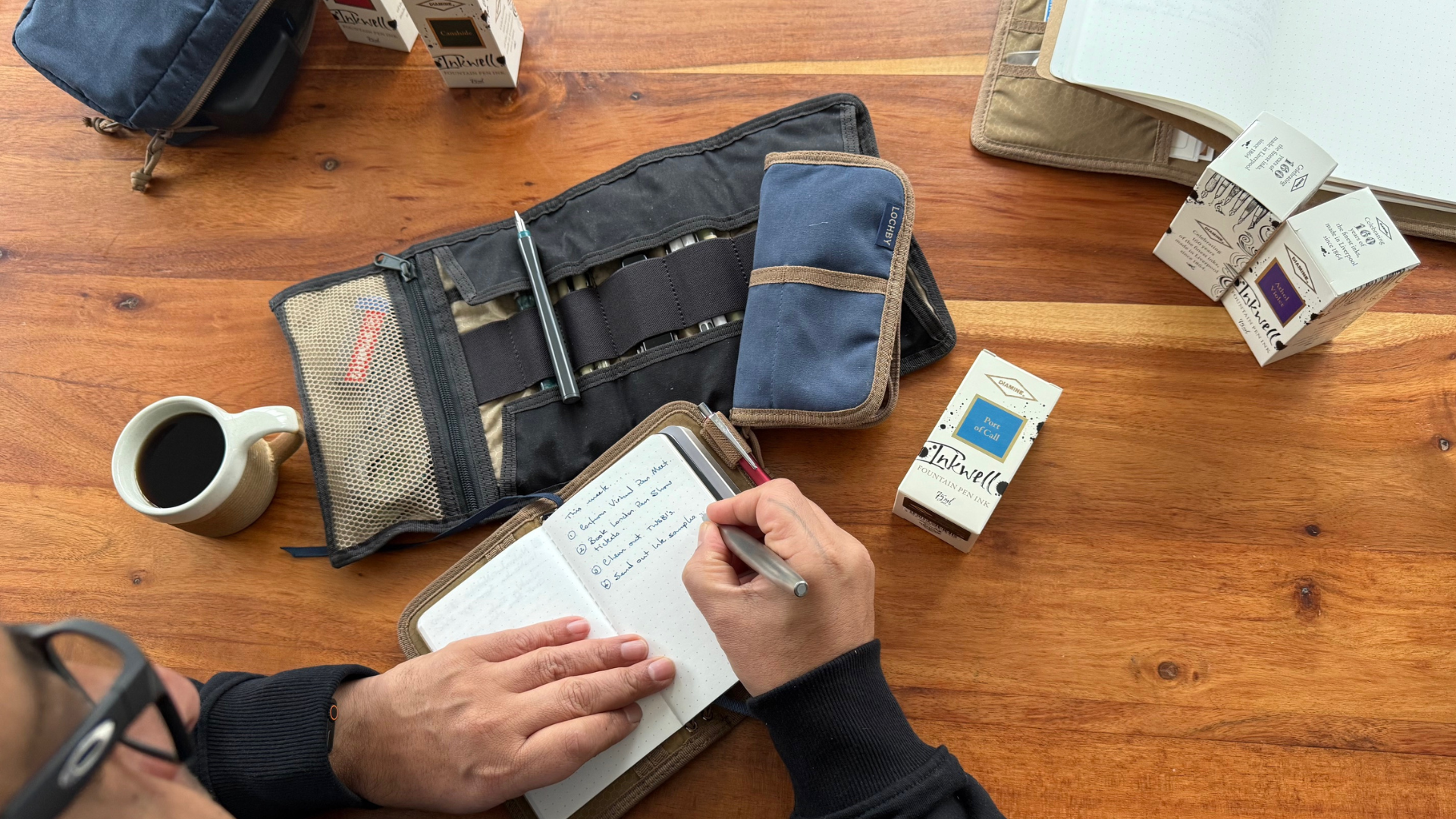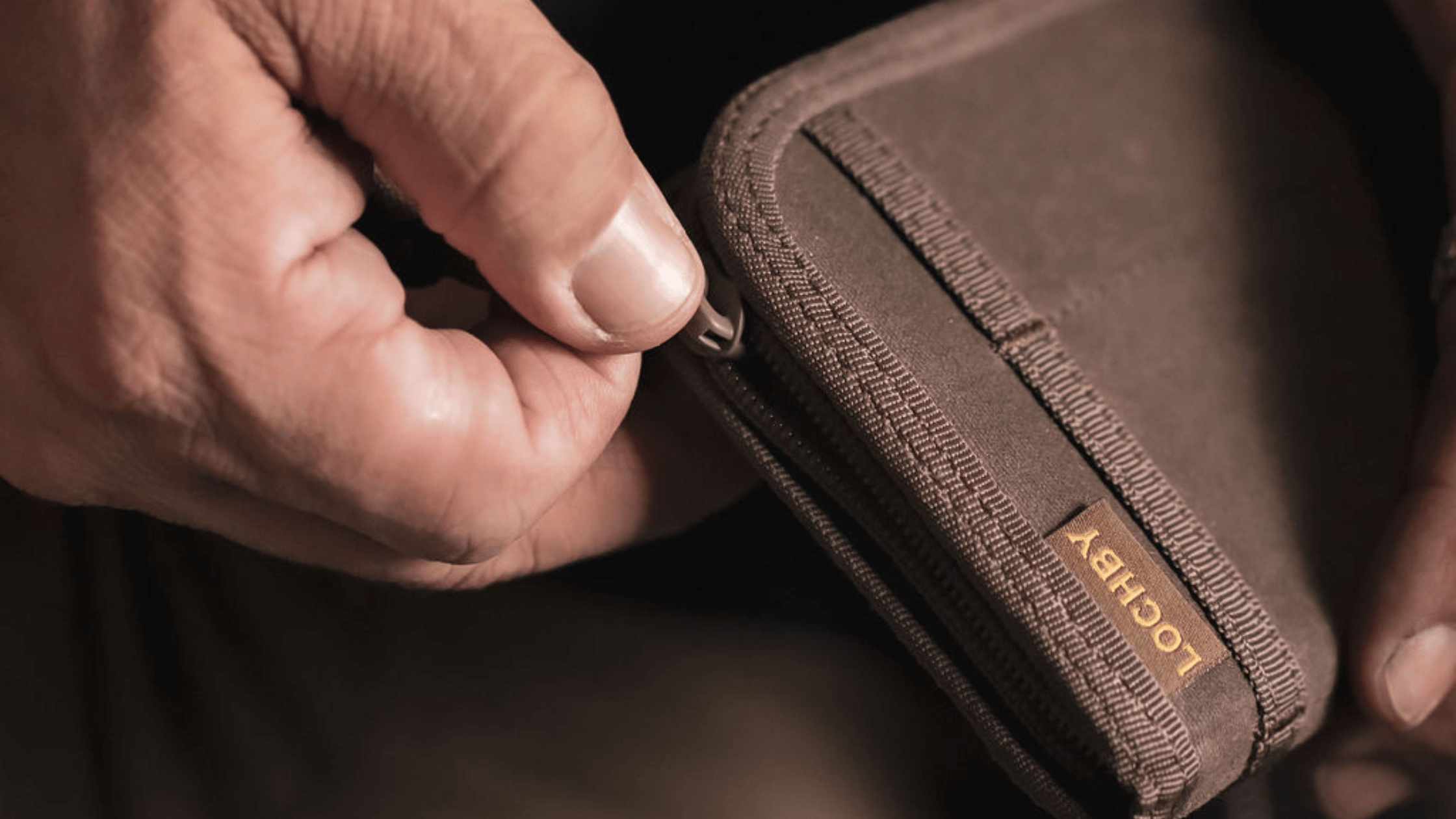If I were to tell you what Jason’s sketches are like using only a single word, I would choose fathomless. This is despite the fact that the majority of his works are reflections of real world architecture: buildings, cityscapes and various immovable structures and settings. With their crooked lines and splashes of watercolor, they feel unbounded, almost like there’s an unseen world that exists beyond the borders of the sketch itself. When you look at his drawings, Jason doesn’t just show an artistic representation of what he sees. Instead, what he does is beckon you to dive past the canvas so you can imagine and explore the world that breathes inside it.
Enjoy our interview with Jason Nicholas, the first creative in our “Artist Feature” series!
For anyone encountering you for the first time, can you describe your art?
“In architecture school, I had to be able to sketch fast in order to express my ideas and get feedback from my professors who had limited time to critique our projects. You had to get your ideas out of your head and onto paper quickly or they would be onto the next student.”

He got into drawing, however, by accident—literally.
How long have you been doing art? When did you “officially” get started?
Did you go to art school or study art professionally? If not, how did you teach yourself?
When did you realize this was something you wanted to do?
“On-the-fly” is definitely apparent in Jason’s art, but that just adds to how enchanting his works are. The looseness of his linework and the bursts of random color he applies after, sometimes soft and other times vibrant, forces viewers to try and add more to what may seem like an incomplete picture.
This feels like Jason’s intention, at least when he’s drawing: encourage the imagination. In the process, he ends up creating something familiar but also unique, not to mention fascinating, and this is why it’s so much easier to believe that there is life, both from what you can and can’t see, in his works.
“They do not have to be sketches of real places, but places that are in your imagination.”

Do you have a “day job”? Or are you a full-time artist?
The rest of Jason’s work can be found on the aforementioned site, called The Inkspired Life, where his other works can be found. He has over 200 works listed there, which begs the next question:

How do you find inspiration?
Inspiration is all around us. We just need to be open to it. I believe in seeing and experiencing the world with a child-like sense of wonder. Be curious. Embrace and focus on the moment using all of your senses. I know this sounds very zen, but sometimes we go through the world with a set of blinders on or get caught up in the daily grind. I love getting out and spending time in different locations whether in my own backyard or across the country (and one day across the world). The locations range from a small patch of woods to major cities. Each environment stimulates the senses and soul in different ways.
I am also inspired by design, photography, and food blogs and posts. It is very easy for me to fall down Instagram or Pinterest rabbit holes. But, look at what happened to Alice when she fell down the hole—wonderland.
Inspiration for me also comes from the community - the family and friends in your life who encourage and support you on your path. People sharing and critiquing creative ideas in a positive setting such as the Roo’s Crew and Inklings groups I am in on Facebook.
“Inspiration for me also comes from teaching. When I first started teaching, I thought teaching was about me inspiring the students. What I have come to learn is that it is my students who inspire me.”

What materials did you start with? What materials are you using now?
I have always been drawn to using pens in my artwork—both for sketching and bleeding. Since my college days I have been using Pilot Precise V7, Sharpies, Prismacolor markers and colored pencils. Over the past few years, I have added pens such as the Lamy Safari, Pilot Varsity, Preppy, and most recently, an Esterbrook fountain pen.
The inks that I like to use are: Lamy, Liquitex acrylic ink, Amsterdam acrylic ink, and Daler Rowney watercolor ink.
For watercolor, I use Winsor and Newton. I love using the Cotman Watercolor travel set. For acrylic painting, I use Liquitex acrylic paints. For paper, I use everything from tracing paper to sketchbooks.
My current go-to sketchbooks and paper are Canson XL 140# watercolor paper, Moleskine watercolor journals, Strathmore Artist Tiles, 140# cold press.
Most recently, I have discovered LOCHBY and their awesome line of products. I am a huge fan of using my LOCHBY Field Journal, paper, and Quattro. I find myself taking my Field Journal everywhere and have been using it for such things as brainstorming and art journaling. For example, this summer, I took my Field Journal with me on my trip to Maine where I was able to do location sketches. Because of its water resistant cover, it was great not having to worry about getting any sea spray on the journal. It's a convenient, all-in-one grab and go kit. For me, as a creative, I don't want to have to stop and think about what supplies I need to take with me. I just want to 'grab and go' and throw some ink down on paper.
Since he has a full time job—just like most of us!—Jason can only allot a portion of his days to work on his craft. However, it doesn’t look like it’s stopping him from creating: he’s dedicated to what he does and makes sure he does it daily.
“Due to my schedule, I mostly work on my artwork at night, Saturdays and Sundays. The times may not be consistent, but I always try to find the time to spend at least 30 minutes doing something artwork-related.”
Who are your favorite artists?
Without a doubt, the first famous artist that comes to my mind is Van Gogh for his colors, expression and emotion that I feel from his work.
I am currently inspired by my friend and mentor, Michael Haun (aka Roodoodles). Roo is not only an amazingly loose and whimsical watercolor painter, but he has the most encouraging, creative heart. He is constantly encouraging his followers to “think like an artist”. He has impacted my art, heart, and creative mindset.
Although they are considered architects (but architects are also artists, right?) I continue to be inspired by the sketch designs of Michael Graves, Aldo Rossi, and Frank Gehry. I am also inspired by not only watching movies and TV shows, but by the concept and storyboard art that goes into bringing the visions to the screen.

Do you have any advice for aspiring artists out there who want to make a living out of their creative talents?
My first piece of advice is to not be afraid to express yourself. Mindset is key. Get your ideas, your visions, your creations out of your head and onto paper, clay, wood, or whatever your creative outlet is. Put it out there for the world to see and be prepared for all kinds of feedback. You can’t take any negative feedback personally. Take it for what it is and riff off of it.
Next, use your creative skills to meet a client or person’s needs or to help provide a solution to a problem they may have. Perhaps not only look for an industry directly related to your particular creative skills, but think outside of the box and see where else your skills may apply. For me, I am blessed to be able to use my creative skills not only in architecture, but also in my teaching career. Think about your answer to the following question, “Who can I best serve with my skills and talents?” Maybe that can help guide you in the right direction.
Finally, don’t fall into the comparison trap that other artists are better than you. This can be paralyzing and stop you from ever putting your talent out there. For years, I was afraid to post any of my artwork online because I was afraid of being scoffed at. You can use your ‘competitors’ as a positive motivational tool to keep pushing you forward and on top of your own personal creative game.
“Compare you to yourself. Just try to become a better person today than you were yesterday.”
You can find Jason Nicholas as The Inkspired Life on Facebook, Instagram, YouTube and his website.





Share:
Self Care Journaling Three Ways!
How To Journal Like Series: Tim Ferriss